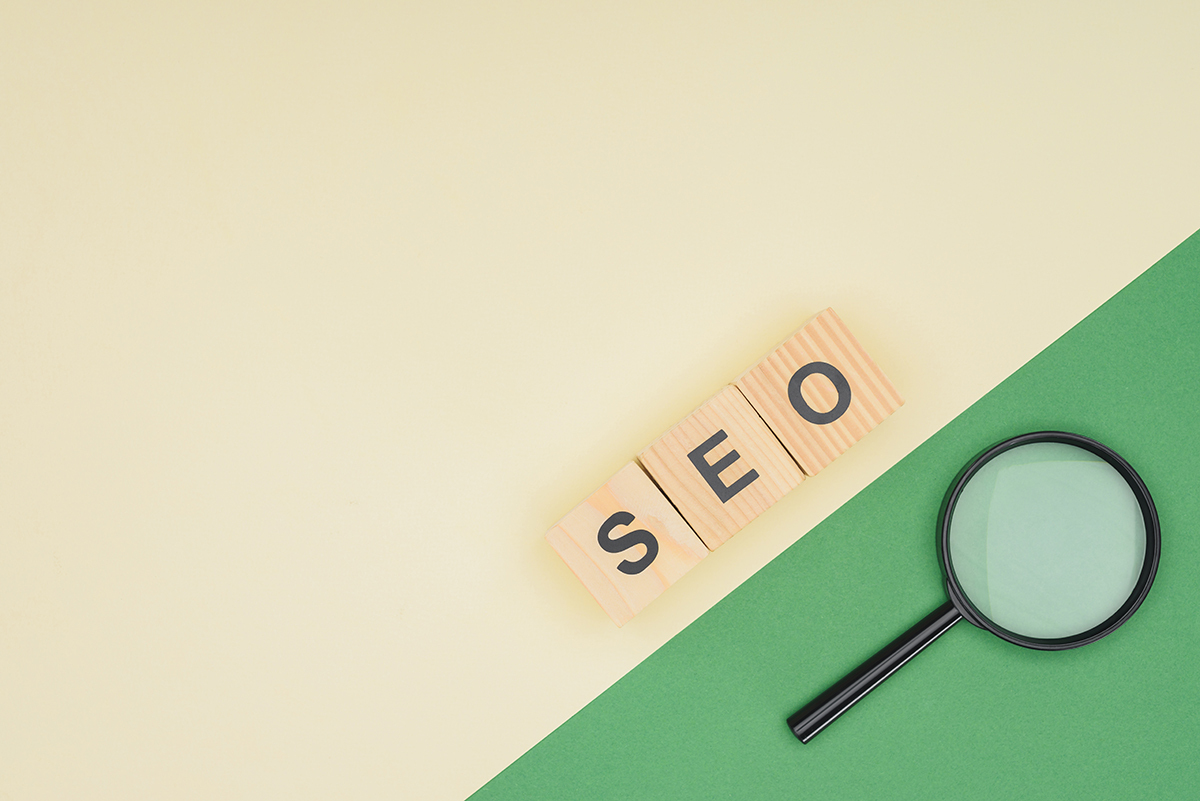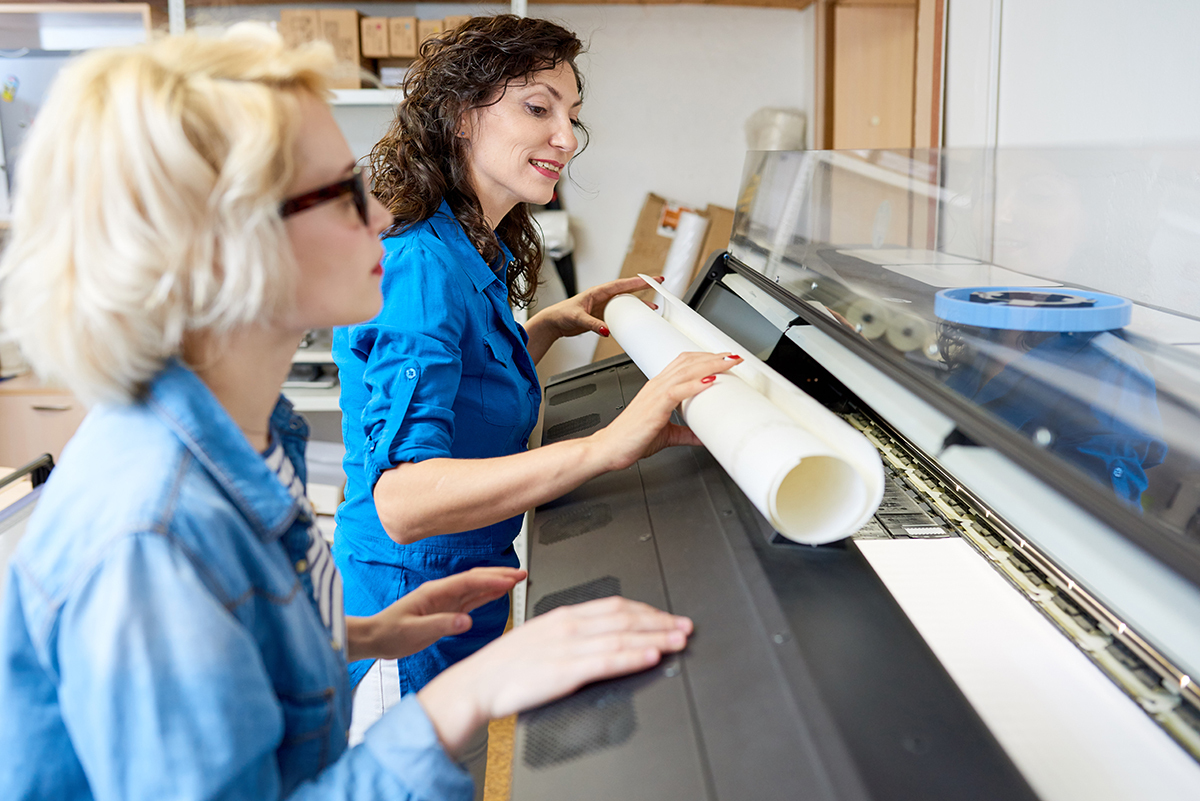If you’re running a business, networking is crucial. You need to be able to make connections with potential clients, customers, or partners. And while digital communication is important, there’s still something to be said for the humble business card.
In this article, we’re going to talk about why business cards are important, how to design a great one, and how to use them effectively. So, let’s dive in!
Why Business Cards Are Still Relevant
In today’s digital age, you might be wondering why you need a physical business card. After all, you can share contact information through email, social media, or texting. However, business cards are still relevant for a few reasons:
- They create a personal connection: When you hand someone a business card, it shows that you’re making a personal effort to connect with them.
- They’re tangible: A physical card can be a more memorable way to share your contact information than a digital message.
- They can stand out: A well-designed business card can make a strong first impression and help you stand out from the crowd.
Tips for Designing a Great Business Card
Now that we’ve established why business cards are still relevant, let’s talk about how to design a great one. Here are a few tips:
- Keep it simple: Your business card should be easy to read and not too cluttered. Stick to a clean, uncluttered design.
- Use legible fonts: Make sure your text is easy to read. Avoid using overly ornate or complicated fonts.
- Be mindful of colors: You don’t want to go overboard with too many colors, but using a pop of color can help your card stand out.
- Include all relevant information: Make sure your card includes your name, job title, phone number, email address, and any other relevant contact information.
Using Your Business Cards Effectively
Designing a great business card is only half the battle. You also need to use them effectively. Here are a few tips:
- Be selective about who you give your card to: You don’t want to waste your cards on people who aren’t likely to be useful contacts.
- Always carry cards with you: You never know when you’ll meet someone who could be a valuable connection, so be prepared.
- Use your card as a conversation starter: When you hand someone your card, use it as an opportunity to start a conversation about your business or interests.
- Follow up after the initial meeting: If you meet someone who you think could be a valuable contact, follow up with them after the initial meeting to continue the conversation.
Best Practices for International Business Cards
It’s worth noting that business card etiquette can vary by culture. If you plan to do business internationally, make sure you research the customs and expectations around exchanging business cards in that country. Here are a few tips for designing and using international business cards:
- Be aware of language differences: Make sure your card is translated correctly if you’re doing business in a non-English speaking country.
- Pay attention to design elements: Colors and images can have different meanings in different cultures. Make sure your card design is appropriate for the culture you’ll be doing business in.
- Use both hands: In some cultures, it’s considered rude to hand someone a card with one hand. Make sure to use both hands to show respect.
Examples of Great Business Card Designs
To give you some inspiration, here are a few examples of great business card designs:
- A simple, elegant design with a bold, eye-catching color
- A card that doubles










